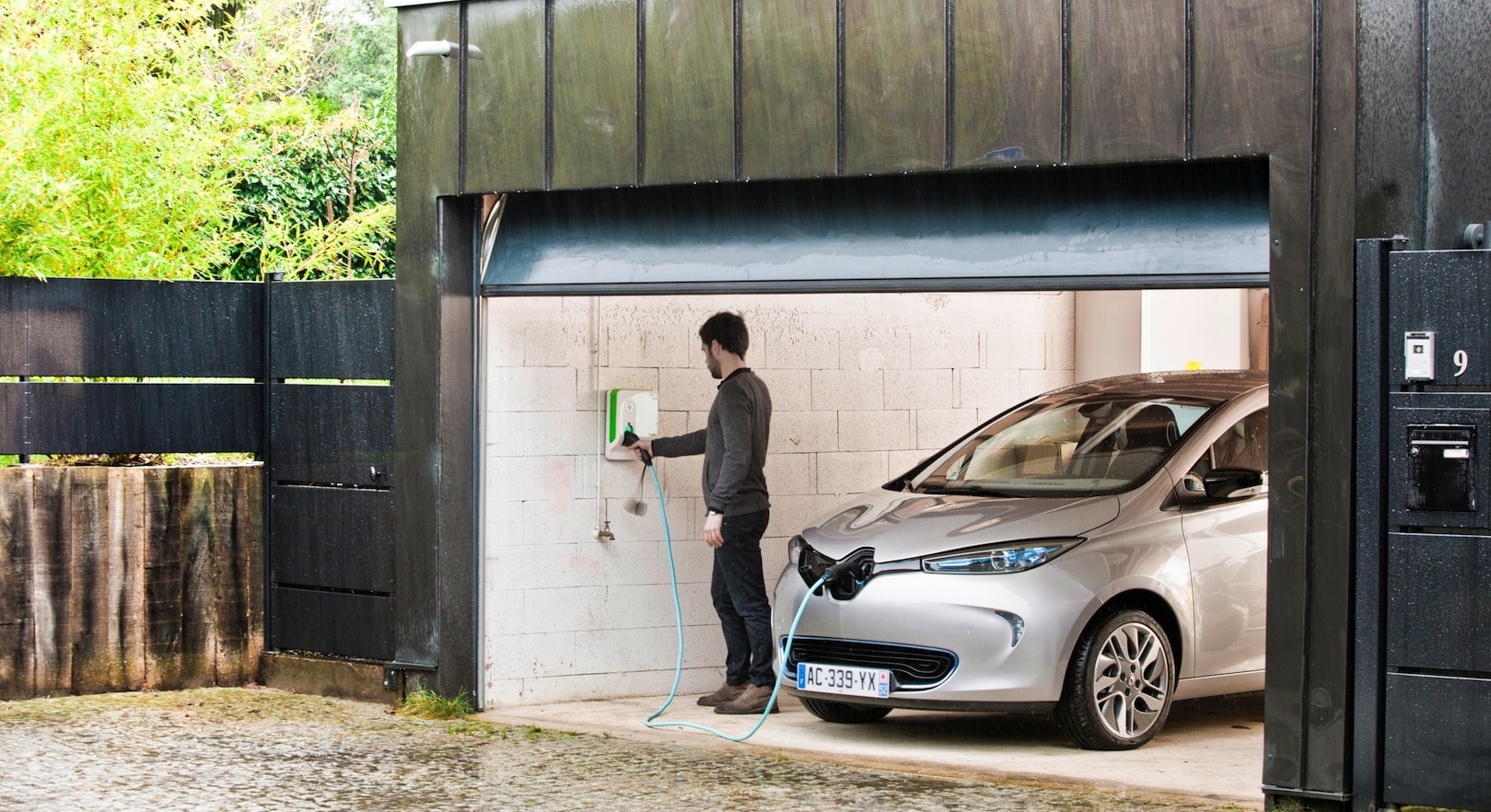Reinforced socket or charging station: Dilemma?
[ad_1]
Electric cars have gained popularity in recent years due to their environmental benefits. To be able to drive, these vehicles need to be recharged, and there are two main ways to do this: reinforced sockets and charging stations.
While both options have their pros and cons, it’s important to understand them so you can choose the one that best suits your needs.
Difference in charging speed
One of the main differences between reinforced sockets and charging stations is how quickly your electric car can be charged.
Do you want to install a charging station at the best price?
Ruggedized outlets are generally slower than charging stations because they can’t provide as much power.
They are similar to safer and more efficient household sockets. However, they have at most a power of 2.3 kW.
Charging stations can deliver much higher power, ranging from 3.7 kW up to 11 kW, or even 22 kW for certain manufacturers.
It means that charging an electric car will take longer with a reinforced socket than with a charging station.
Cost difference
Reinforced sockets are usually less expensive than charging stationsbecause they are simpler and require less installation work.
Allow between €60 and €150 for a reinforced socket compared to a substantial budget of €500 to €1500 on average for the purchase of a charging station. These prices exclude the costs of the professional who will take care of the installation.
However, they can be more expensive to use in the long run, since they are slower and therefore require more time to charge your electric car.
As a reminder, the cost of electricity is 0.146 €/kWh during peak hours and 0.125 kWh during off-peak hours.
A different comfort of use
Reinforced grips can be more difficult to use, as they often require a special adapter for the electric car.
The latter is generally offered with your vehicle. But take into account that a reinforced socket is a charging device that is adapted to your vehicle.
While the terminals are easier to use, since they are designed specifically to charge electric cars.
We might be tempted to say, but you just have to plug in the socket, right? Well no. It seems futile, but when you no longer have to do it, it’s a real time saving. For reinforced sockets, you must open your trunk, retrieve the adapter, plug it into the socket and finally to your vehicle.
For the terminal, you take the connector and plug it into your car and that’s it.
Conclusion
Ruggedized sockets and charging stations are the two most commonly used types of charging systems for electric cars. Each of them has its own advantages and disadvantages, and it is important for consumers to understand the differences between the two in order to choose the system that best meets their needs.
Reinforced sockets are generally cheaper to install and more practical for drivers who drive lesswhile charging stations are faster and offer higher power levels.
Overall, consumers should take the time to compare the two systems to choose the one that best suits their needs.
[ad_2]
Source link
